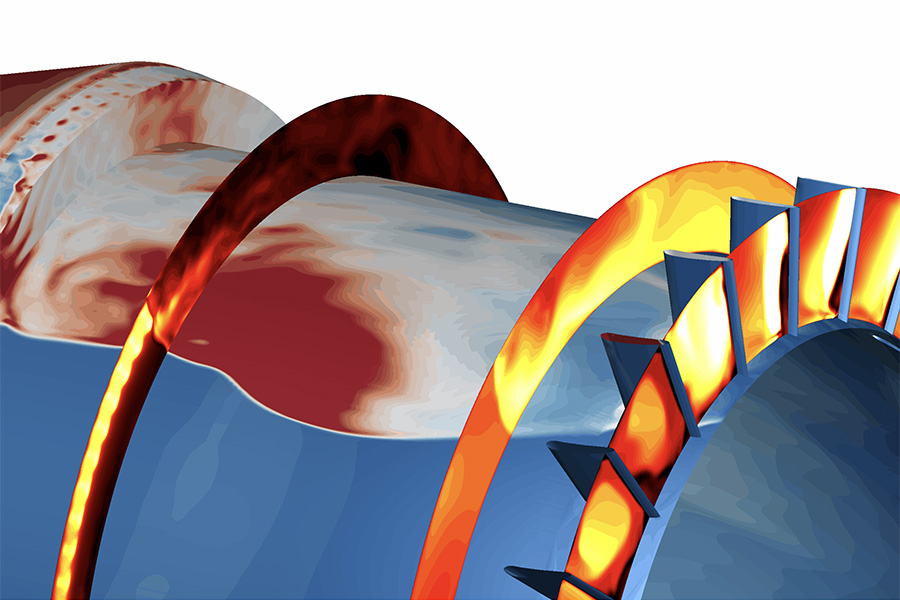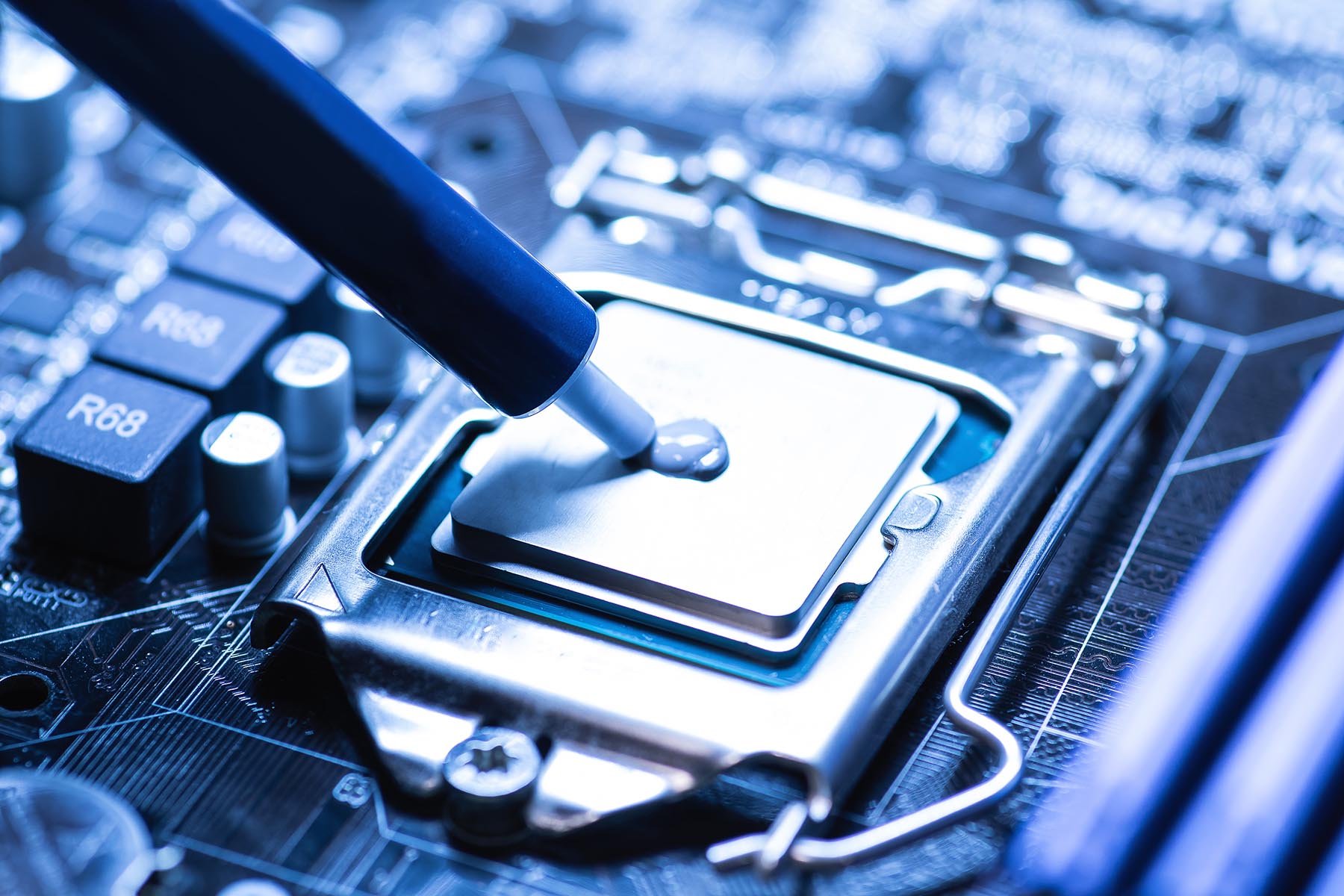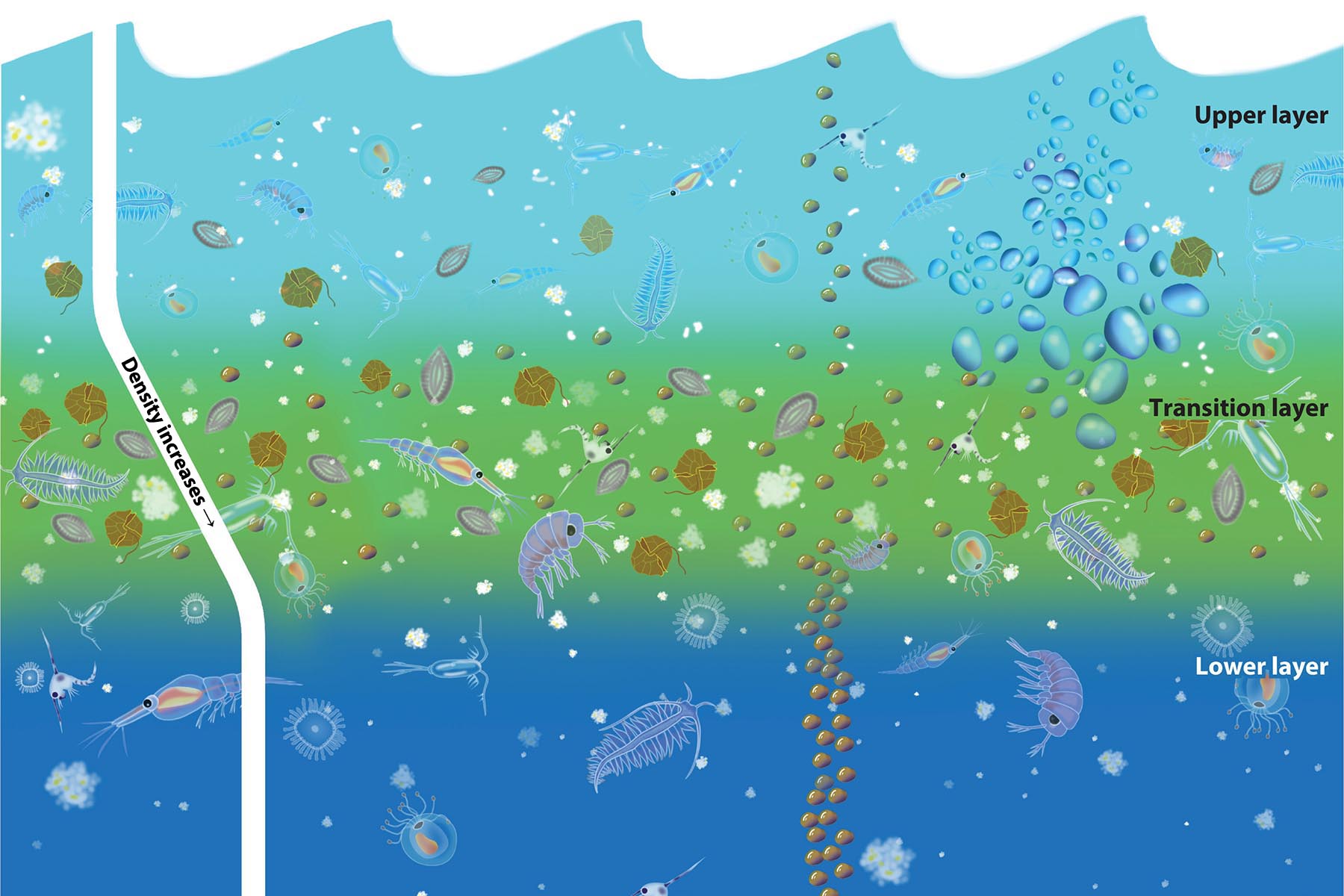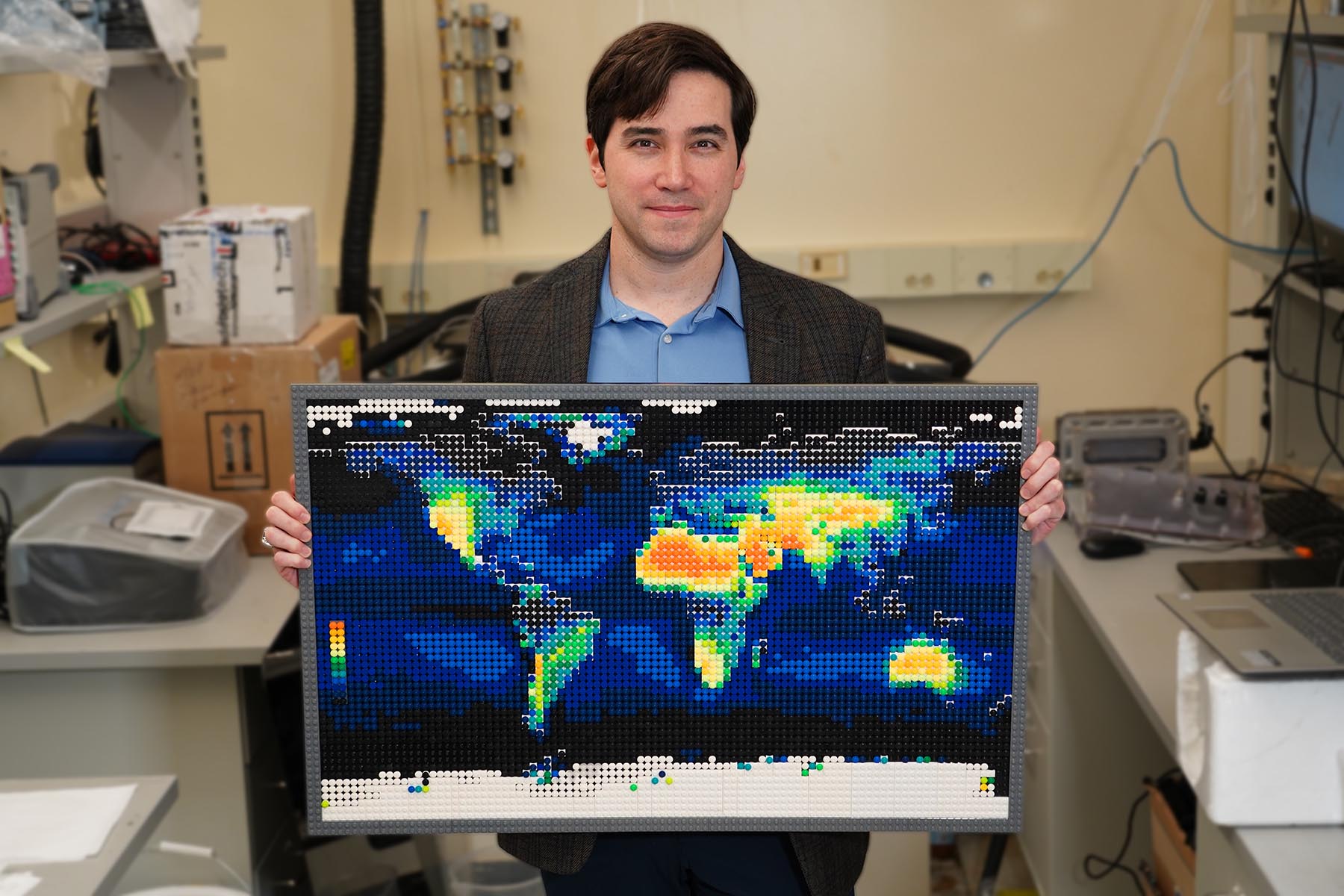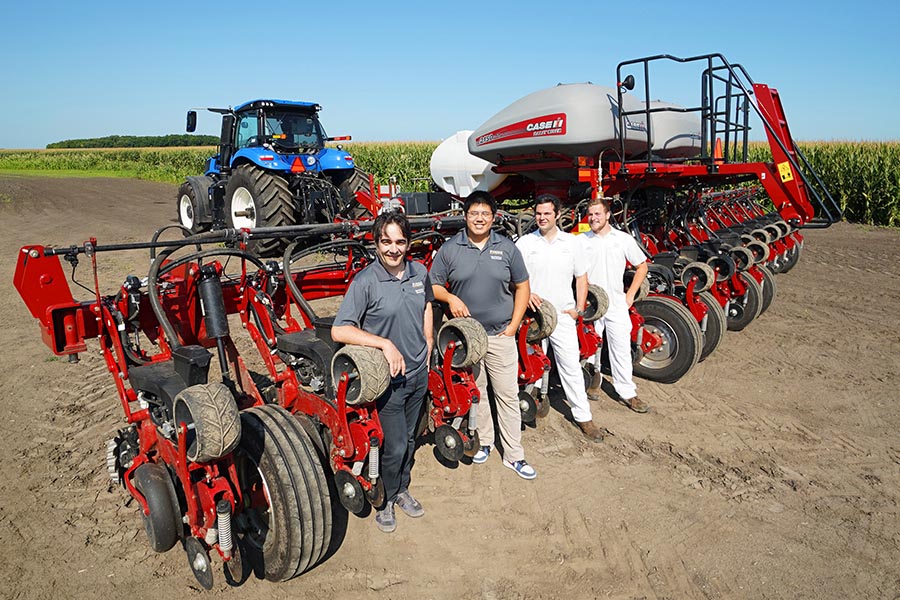Fluid Mechanics
Fluid Mechanics affects everything from hydraulic pumps, to microorganisms, to jet engines. Purdue brings together a world-class group of researchers to model these behaviors in the computer, and then apply them to real-world situations.
Whether it’s air flowing over the blades of a turbine, or liquids coating a batch of pharmaceutical tablets, Purdue boasts one-of-a-kind facilities that enable researchers to explore new theories and set new standards: including the largest academic hydraulics lab in the country. Even at the microscopic or nanoscopic level -- even within the human body! -- Purdue researchers have the expertise to forge new discoveries every day.
Faculty in Fluid Mechanics
- Modeling, Experiments and Simulations of turbulent boundary layers: role of initial conditions and bio-inspired micro-surfaces on evolution of velocity/thermal fields.
- Importance of turbulence and complex topography on wind energy.
- Integration of renewable with water and thermal storage.
- Translational research focus on renewable energy & society
- Wall interaction (e.g., bio-inspired micro surfaces) in respiratory flows
- Big data in turbulence, renewable energy and biomedical engineering.
- Energy and social equality
- Laser-absorption spectroscopy, laser-induced fluorescence, & IR imaging sensors for gas temperature, pressure, velocity, and chemical species
- Molecular spectroscopy, photophysics, & energy transfer in gases
- Energetic materials (e.g., explosives & propellants) detection & combustion
- Combustion and propulsion systems (small and large scale)
- Biomedical sensing
- Modeling and simulation techniques for multiphase and multiphysics problems using the phase-field method.
- Isogeometric methods with applications in fluid and solid mechanics.
- Modeling and simulation tools for several biomechanics problems, including tumor growth, cellular migration and blood flow at small scales.
- Computational methods for fluid-structure interaction, especially when the problem involves complex fluids.
- Advancement of next-generation propulsion concepts including Rotating Detonation Engines (RDEs), Rotating Detonation Rocket Engines (RDREs) and Scramjet Engines
- Laser diagnostics development for applied thermal environments including RDEs, RDREs, gas-turbines, rockets, IC engines, and scramjet engines
- Laser Diagnostics and Spectroscopy for detonations, combustion, sprays, energetics, propellants, hypersonics, plasmas, and non-equilibrium flows
- Estimation of performance, efficiency and emissions using state of the art optical diagnostics (PLIF, CARS, TP-LIF, PIV, 3D Imaging, X-Rays, PIV, Molecular Tagging, Thermographic Phosphors and Pressure Sensitive Paints)
- Thermal-fluid behavior at the extremes, including turbulent, acoustically coupled, high-temperature, high-pressure, multiphase, and non-equilibrium reacting flows
- Two-Phase Flows and Heat Transfer
- High-Heat-Flux Thermal Management Systems for Several Applications, e.g., Outer Space Missions, Electric Vehicles, Ultra-Fast Charging Systems, Electronics Cooling, Avionics, Nuclear Reactors, Metal Manufacturing, Superconductors, Data Centers, etc.
- Gravitational Effects
- Experiments onboard the International Space Station (ISS)
- Two-Phase Flow Instabilities
- Fluid-Structure Interactions & Non-Newtonian Fluids in Biological Systems
- Discrete element method (DEM) modeling for particulate systems
- -- model development, e.g., fibrous particles, particle breakage, particle shapes
- -- application to manufacturing, e.g., storage and flow, blending, segregation, drying, coating, wet granulation
- Finite element method (FEM) modeling of powder compaction
- -- e.g., roll compaction, tableting, picking and sticking
- Multi-scale modeling (FEM combined with DEM) of powder dynamics
- -- model development and application to hopper flow, blending, and segregation

